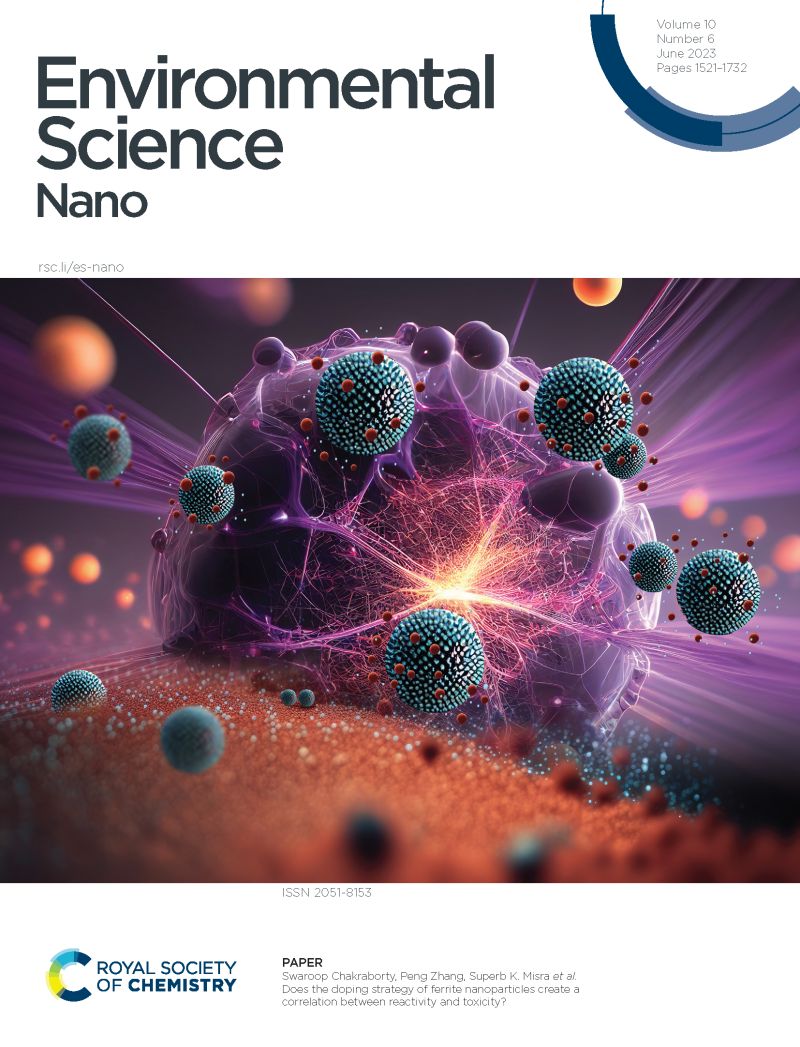Production, Labeling, and Applications of Micro- and Nanoplastic Reference and Test Materials
IF 5.8
2区 环境科学与生态学
Q1 CHEMISTRY, MULTIDISCIPLINARY
引用次数: 0
Abstract
Challenges inherent to the extraction of micro- and nanoplastics (MNPs) from the environment, combined with the limited range of commercially available MNPs, have prompted an increasing number of researchers to generate in-house reference and test MNPs. The first part of this review provides a comprehensive overview of existing MNP production methods, including top-down and bottom-up fabrication techniques. Strengths and weaknesses of different methods are compared and contrasted, and the potential for optimization and control over MNP properties is discussed. Methods to label and to artificially weather MNPs before, during, or after production, as well as appropriate dispersion protocols for introducing MNPs into different media, are also covered. The second part of this review focuses on how reference and test MNPs have been implemented in different types of studies, categorized as toxicity, uptake, fate, and monitoring. Given the wide range of properties needed to fully define MNPs, we propose a set of essential properties that need to be characterized depending on the study type. Looking forward, we suggest future needs, not only in the creation of reference MNPs, but also in experimental protocols that would help to better understand the behavior and impacts of MNPs. Overall, this review aims to provide the necessary information to guide researchers in decision-making regarding which reference MNPs are most appropriate to answer their specific research questions and to serve as a framework that will contribute to obtaining reliable, benchmarked data urgently needed to develop consensus on the fate and risk posed by MNPs.求助全文
约1分钟内获得全文
求助全文
来源期刊

Environmental Science: Nano
CHEMISTRY, MULTIDISCIPLINARY-ENVIRONMENTAL SCIENCES
CiteScore
12.20
自引率
5.50%
发文量
290
审稿时长
2.1 months
期刊介绍:
Environmental Science: Nano serves as a comprehensive and high-impact peer-reviewed source of information on the design and demonstration of engineered nanomaterials for environment-based applications. It also covers the interactions between engineered, natural, and incidental nanomaterials with biological and environmental systems. This scope includes, but is not limited to, the following topic areas:
Novel nanomaterial-based applications for water, air, soil, food, and energy sustainability
Nanomaterial interactions with biological systems and nanotoxicology
Environmental fate, reactivity, and transformations of nanoscale materials
Nanoscale processes in the environment
Sustainable nanotechnology including rational nanomaterial design, life cycle assessment, risk/benefit analysis
 求助内容:
求助内容: 应助结果提醒方式:
应助结果提醒方式:


